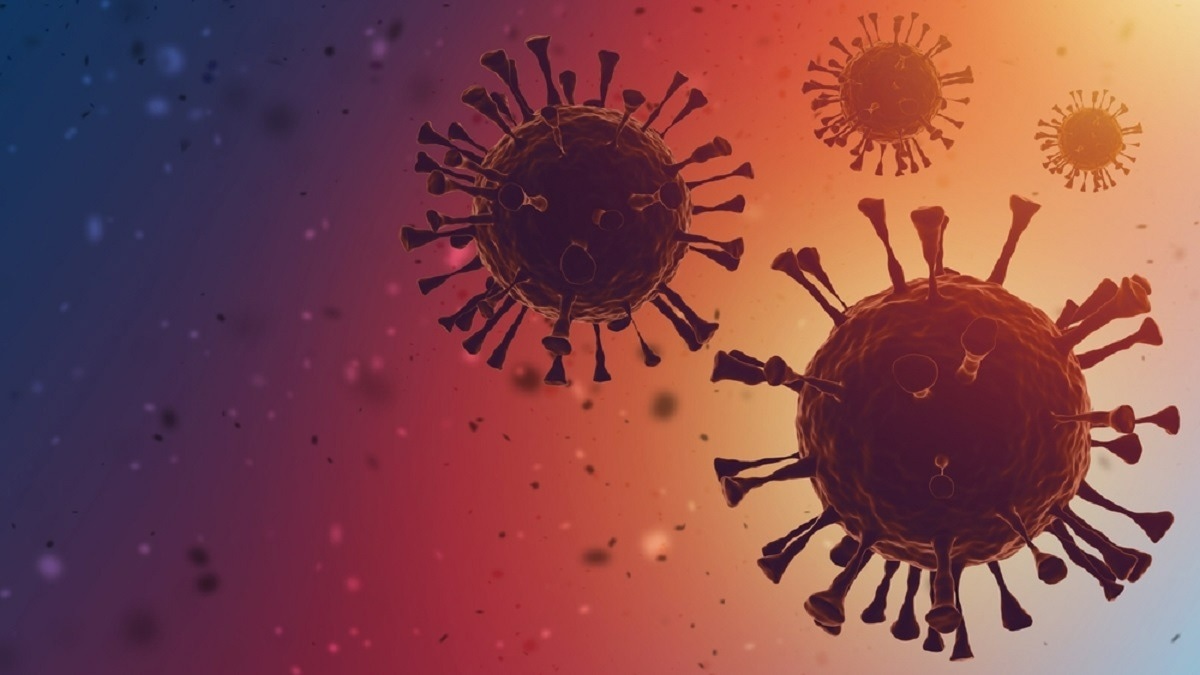In a recent study published in PLoS ONE, researchers assessed the binding of Galanthus nivalis agglutinin to severe acute respiratory syndrome coronavirus 2 (SARS-CoV-2) variants.

Background
Novel emerging variants of SARS-CoV-2 have displayed mutations in the viral spike protein that have altered virulence and infectiousness along with the efficiency of monoclonal antibodies and vaccines against infection. Reports of the ineffectiveness of coronavirus disease 2019 (COVID-19) vaccines and the limitations in the currently approved therapies have urged the development of novel treatment methods against COVID-19 disease severity.
About the study
In the present study, researchers hypothesized that the binding of SARS-CoV-2 should not be influenced by the novel mutations observed in SARS-CoV-2 spike proteins.
The team propagated seven SARS-CoV-2 variants, including SARS-CoV-2 B.1.1.7, Delta B.1.617.2, Delta AY.1, Lambda, and Omicron variants on Vero-E6 cells and Calu-3 cells. The resultant cell culture supernatants were collected and clarified. The viral titers were assessed by performing a plaque assay. Additionally, the team also covalently bonded Galanthus nivalis agglutinin to diatomaceous earth before adding 1 gram of affinity resin to each column. For each of the viral variants assessed, the team prepared four columns including three with affinity and one without any resin control.
The proportion of viable organisms present in the suspension was employed to estimate resin efficacy. The proportion of viable viruses was evaluated and compared to that observed for the column control, and capture efficiency was calculated.
Results
The study results showed that the Galanthus nivalis agglutinin (GNA) affinity resin displayed significant capture efficiencies ranging between 53.2% and 89.9% for all the seven SARS-CoV-2 variants analyzed. The resin columns also effectively removed more than 70% of the total viral load after a single passage in the case of four of the viral variants. The team also noted that while there were no air pockets visible on the resin beds, there was a possibility that the challenge suspension could have channeled through the beds.
Conclusion
The study findings showed that the Galanthus nivalis agglutinin affinity resin could effectively bind to all the major SARS-CoV-2 variants detected to date. Some variation in binding was observed as the highest level of binding was displayed for the SARS-CoV-2 Omicron and the Brazilian P.1 variant, while the lowest binding was reported for the Delta AY.1 variant. The researchers believe this technique will be consistently effective against all emerging SARS-CoV-2 variants that might adversely impact vaccine and therapeutic efficacy.
- Gooldy, M. et al. (2022) "Removal of clinically relevant SARS-CoV-2 variants by an affinity resin containing Galanthus nivalis agglutinin", PLOS ONE, 17(7), p. e0272377. doi: 10.1371/journal.pone.0272377. https://journals.plos.org/plosone/article?id=10.1371/journal.pone.0272377
Posted in: Medical Science News | Medical Research News | Disease/Infection News
Tags: Antibodies, Assay, Cell, Cell Culture, Coronavirus, Coronavirus Disease COVID-19, covid-19, Efficacy, Omicron, Protein, Respiratory, SARS, SARS-CoV-2, Severe Acute Respiratory, Severe Acute Respiratory Syndrome, Spike Protein, Syndrome, Vaccine

Written by
Bhavana Kunkalikar
Bhavana Kunkalikar is a medical writer based in Goa, India. Her academic background is in Pharmaceutical sciences and she holds a Bachelor's degree in Pharmacy. Her educational background allowed her to foster an interest in anatomical and physiological sciences. Her college project work based on ‘The manifestations and causes of sickle cell anemia’ formed the stepping stone to a life-long fascination with human pathophysiology.
Source: Read Full Article